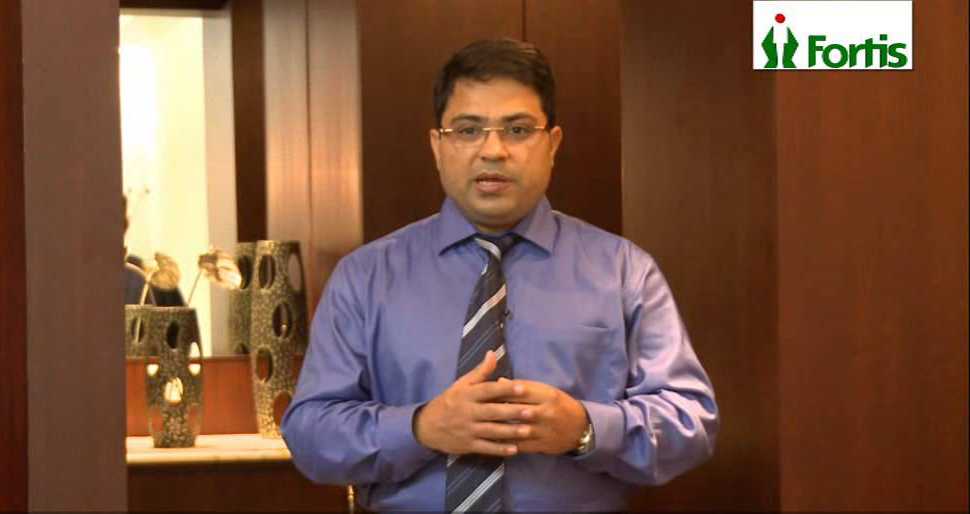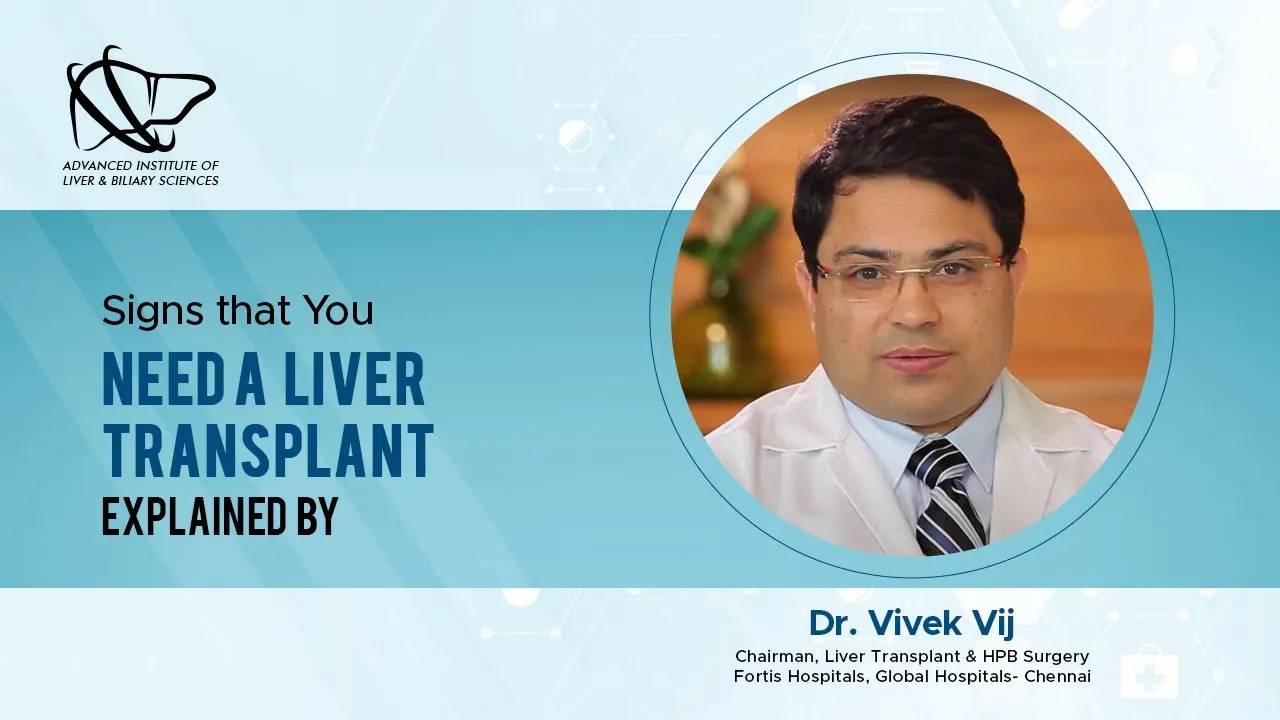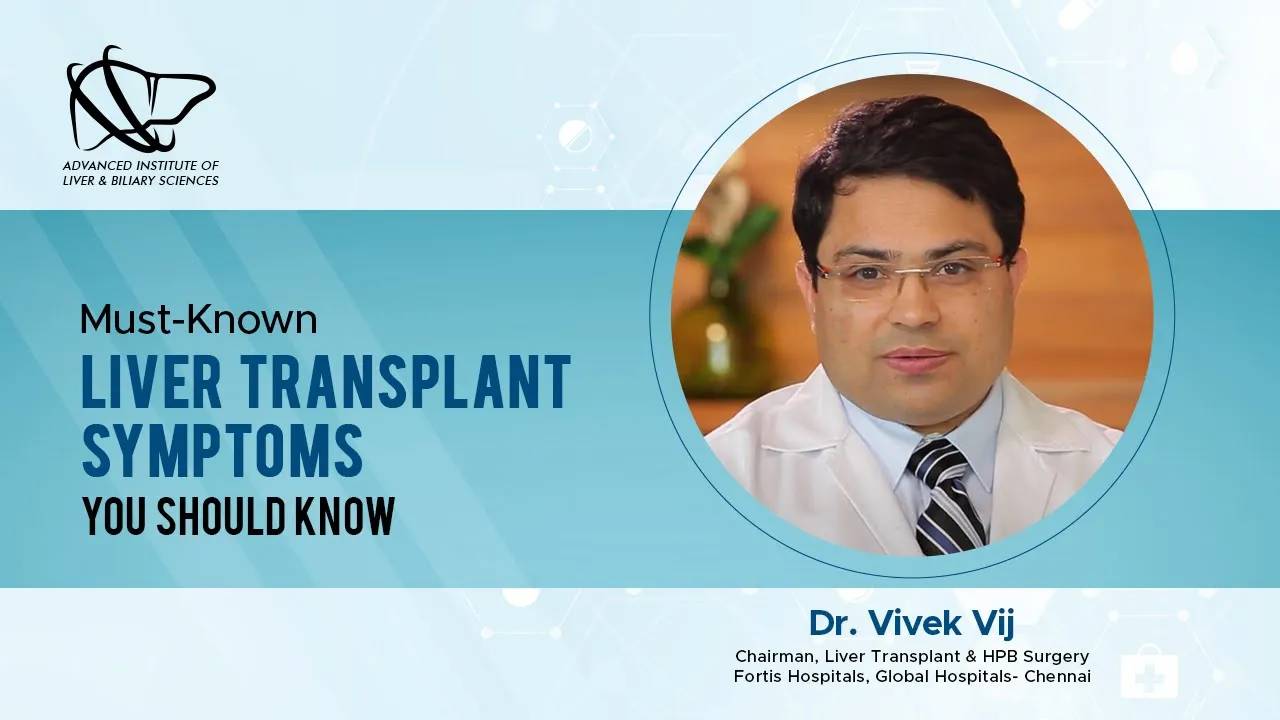Since childhood, we all have learned that the brain, heart, and lungs are the most important organs of our body. But besides these, there is one more organ that works quietly yet most efficiently in our body, the liver. It takes care of over 500 roles for proper functioning like filtering out toxins, synthesizing proteins, mineral and nutrient transport, digestion, etc. All these functions are aided by the liver daily. But have we ever talked about its wellness and care? Besides its regenerating power, the liver can get damaged just like the other organs of our body due to negligence and abuse.
According to a report published by WHO in 2018, liver disease is one of the most prevalent and fatal ailments reported in India. It can be severe and even life-threatening. Liver disease deaths in India account for 3 percent of total fatalities that occur every year.
Alcohol abuse, hepatitis, and obesity are significant issues that lead to critical liver diseases. Other reasons like liver cancer, autoimmune diseases, and genetic and metabolic disease hold a significant death ratio. Liver transplant surgeons in India are working day and night to reduce these numbers. In India, liver ailments are also marked as a major problem in many developed countries like the United States.
According to the Centers for Disease Control and Prevention survey of 2014, the number of deaths of liver ailments, especially from overconsumption of alcohol, has surged its number to several folds worldwide. Newly emerging technologies and procedures are being researched worldwide to reduce these death ratios and disease prevalence. One major problem that makes its cure difficult for surgeons is the late manifestation of these chronic liver ailments.
Many liver disorders do not manifest until serious and are sometimes even irreversible. Here we will study in detail some of the stages, and early symptoms of liver diseases, which, when detected early, can help in significantly reduce the fatality risk.
Detoxification is one of the liver’s most significant and most important functions carried out. But have you ever thought about what accounts for the significant toxins levels in our body? It’s alcohol. Its consumption is a leading cause of liver damage.
When the liver is harmed due to alcohol, it’s called alcohol-related liver disease. Whenever a person enjoys his/her drinks, the liver gets back to work. Different enzymes in our liver work to break down alcohol so that it can be removed from our bodies. While doing so, the liver sacrifices a lot of cells. Even after all these, the liver works incessantly. When these damages go out of control, liver diseases start growing.
Initially, they take the form of fat in our liver. Then it leads to inflammation and scarring. All these damages are manifested in the body in different stages. The first and foremost stage due to overconsumption of alcohol is alcoholic fatty liver disease. In this, the patients usually feel pain and discomfort in the area of the liver, continuous fatigue and unexplained weight loss. This stage is reversible, and the damages can be reduced by halting the consumption of alcohol. The next stage is alcoholic hepatitis. Along with the pain and fatigue, some additional symptoms are noticed, like fever, nausea, vomiting, and sometimes even jaundice. The last and the fatal stage is liver cirrhosis, which eventually leads to liver failure and sometimes even death. All these signs and symptoms should be taken seriously as soon as they are noticed, and the patient should consult the professionals at the earliest.
Non-alcoholic liver damage is unrelated to alcohol consumption and is often referred to as excess fat gathering in our liver. Its spectrum usually ranges from simple steatosis to steatohepatitis with or without fibrosis, and eventually cirrhosis. Lipodystrophy, Wilson’s disease, parenteral nutrition, starvation, and viral disease are common causes of these non-alcoholic fatty liver diseases. These usually manifest in the body due to inflammation by injury or infection, hepatitis, obesity, cancer, malnutrition, poison, medication overdose, etc. These non-alcoholic fatty liver diseases usually go through the same stages as alcoholic liver diseases and show the same clinical signs and symptoms as alcoholic liver diseases. The best cure to any chronic liver ailments is its prevention. Binge drinking and maintaining a proper and healthy lifestyle save you from many of these life-threatening situations.
Abstinence from alcohol, before it leads to any permanent damage, eating a healthy diet, managing your weight, having plenty of fluid and water, regular exercise, and regular check-ups have been known to reduce these ailments significantly. So, start your journey towards a healthy liver and life now.


